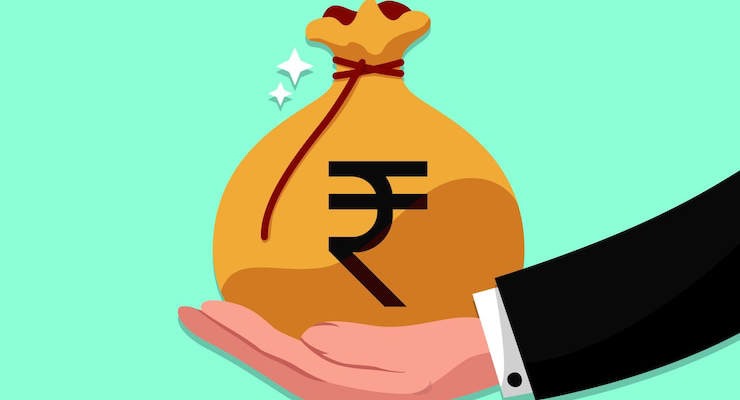Fixed Deposits are the most in-demand investment option, especially for conservative investors who prioritise capital preservation and guaranteed returns. However, while they offer steady returns, there are numerous strategies you can implement to maximise your FD returns. Here is a detailed guide on how to do that:
Pick the right tenure
The tenure of your FD has a significant impact on the returns you get. Longer tenures offer higher interest rates, and you can lock-in a higher rate if you choose the right duration. Use an FD calculator to compare the returns of different tenures. If you do not need immediate access to the funds, locking your FD in a longer tenure yields higher interest rates.
Find the right interest rate
The interest rate provided by banks can vary significantly, even for the same tenure and amount. A higher FD interest rate means higher returns. You can depend on the FD calculator to compare interest rates across various banks and choose the best rate for your tenure.
Cumulative FDs
A cumulative FD means that your interest is compounded and added to the principal amount, which earns interest itself. It increases your returns over time. If you do not need regular income from your FD, choose a cumulative FD as it lets you benefit from the power of compounding. This leads to greater returns at maturity compared to a Non-Cumulative FD.
Reinvest interest
Many banks offer an auto-renewal option for your FD, where the interest is reinvested along with the principal. Set up your FD with an auto-renewal feature, especially if you do not need immediate income. This reinvestment helps maximise the returns over time.
Diversify your FD portfolio
Putting all your money into a single FD can limit your flexibility. Diversification allows you to manage risks and access funds when needed without breaking your FD. Invest in multiple FDs with varying tenures and interest rates. This is often referred to as FD laddering, and it helps you maintain liquidity while benefiting from higher returns. Use a Fixed Deposit calculator to analyse how different maturities and amounts can optimise your returns.
Break FDs only during emergencies
Prematurely withdrawing an FD comes with penalties, such as a reduced interest rate. It also means you miss out on the potential compounding benefits that would have been earned if the FD was left intact. Always avoid breaking your FD unless necessary. If you have an emergency fund, consider using that instead of prematurely withdrawing your FD.
Conclusion
Optimising FD returns involves more than just depositing money and waiting for the maturity date. An FD calculator plays a crucial role in helping you make these decisions by providing clarity on how different factors affect your returns. If you regularly use an FD calculator, you can ensure that your investments are working as efficiently as possible to meet your financial goals.
